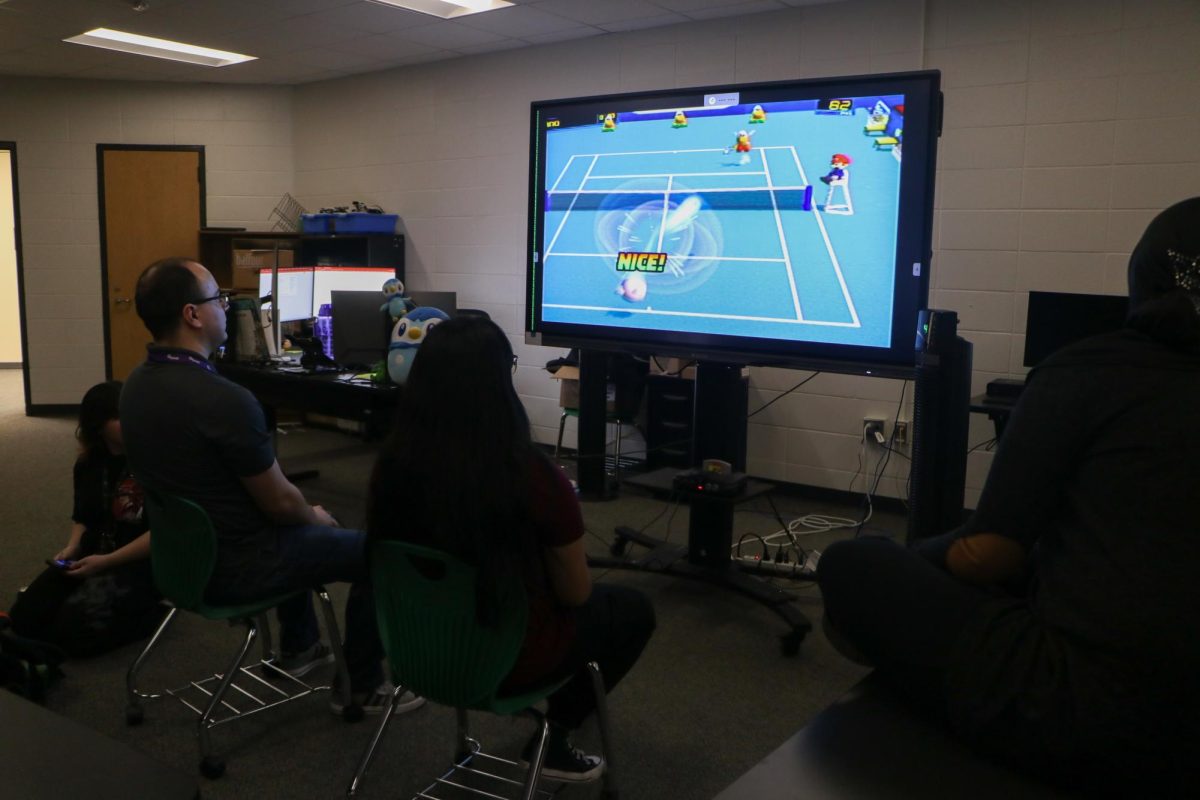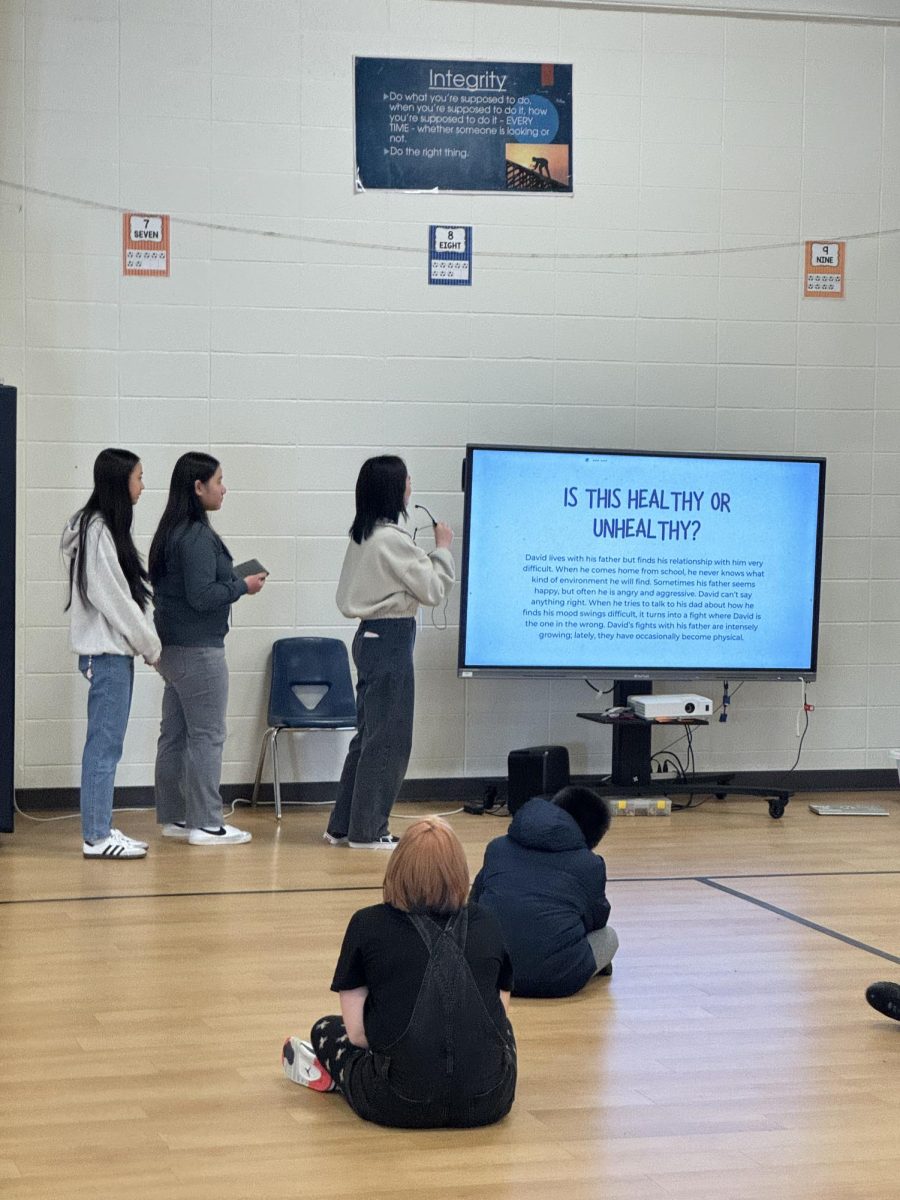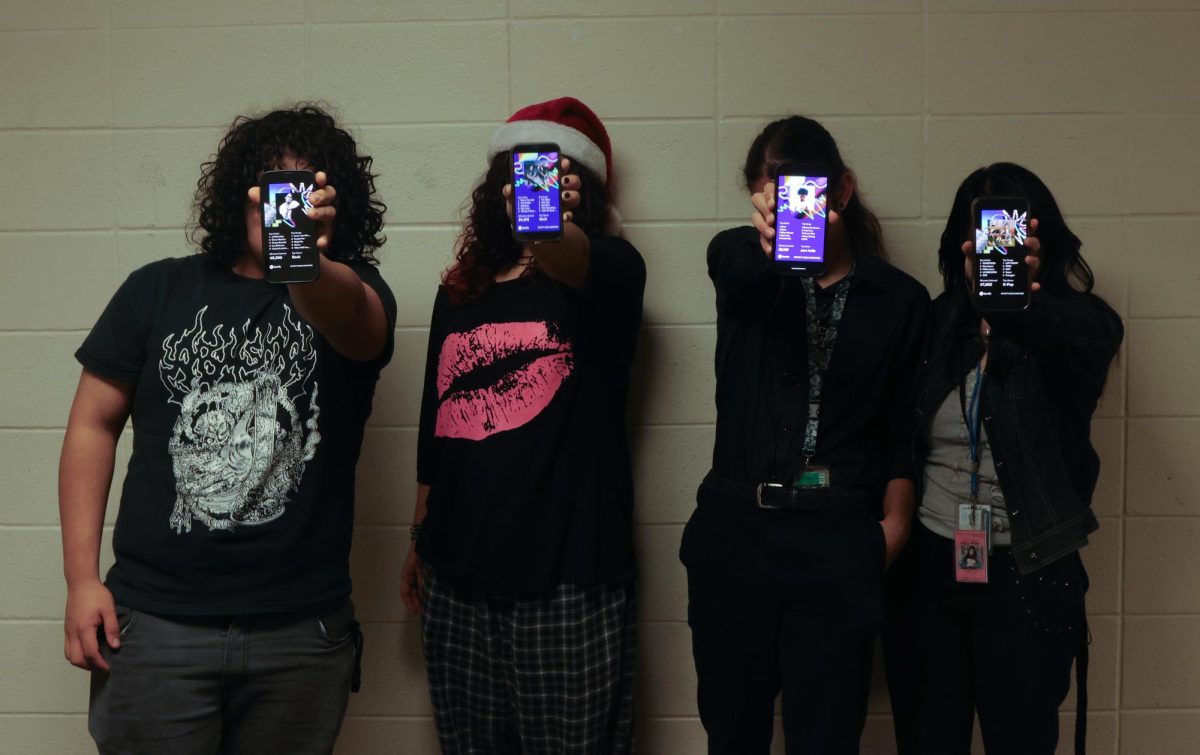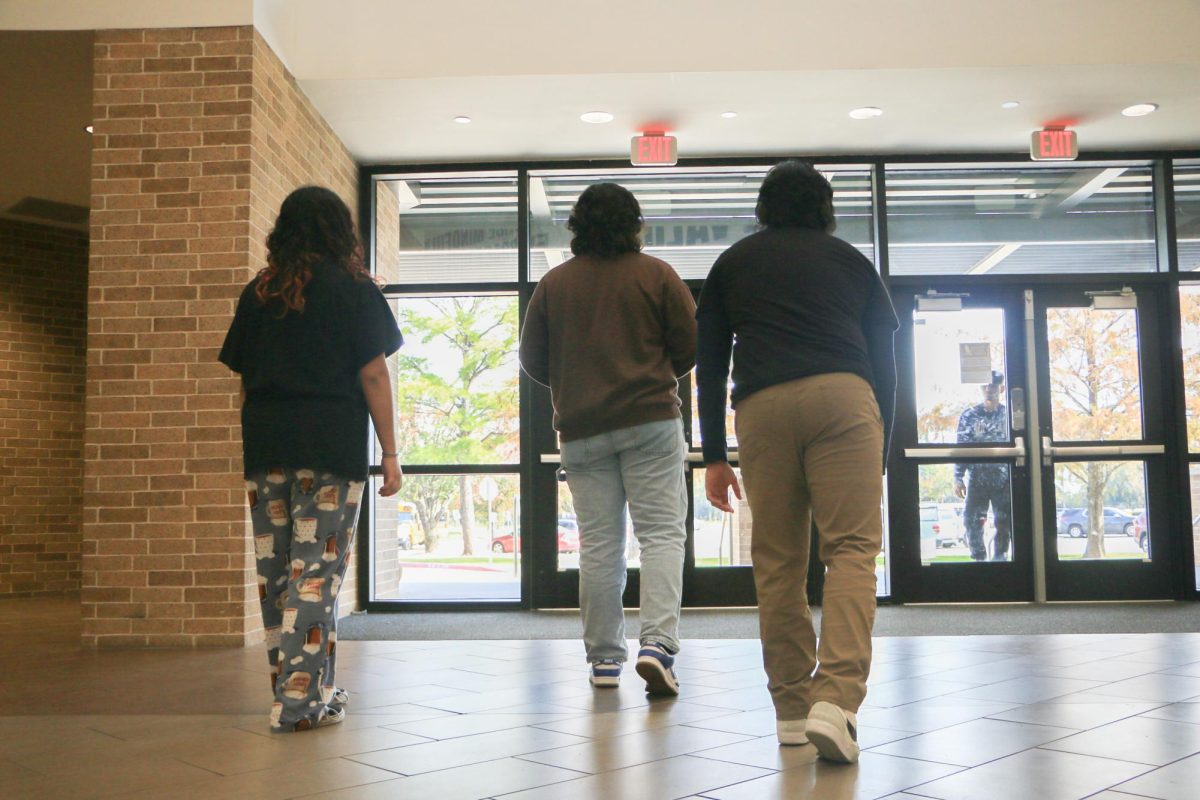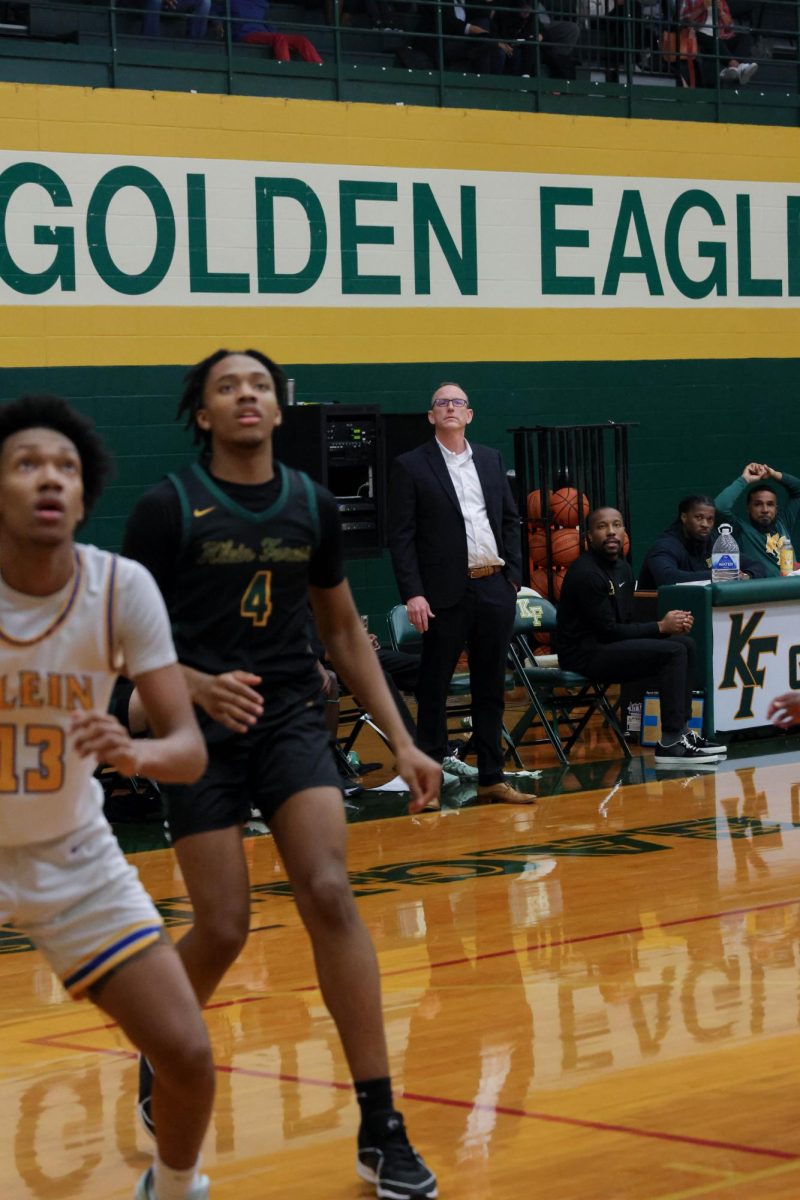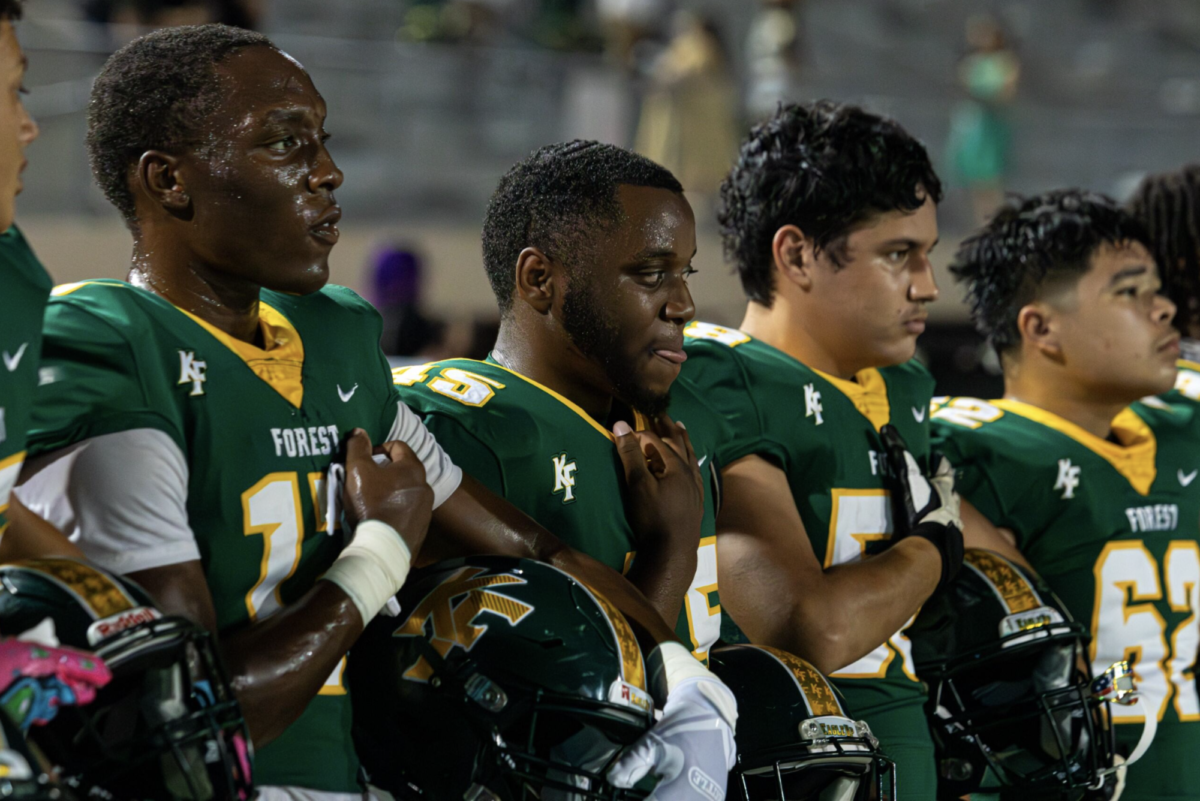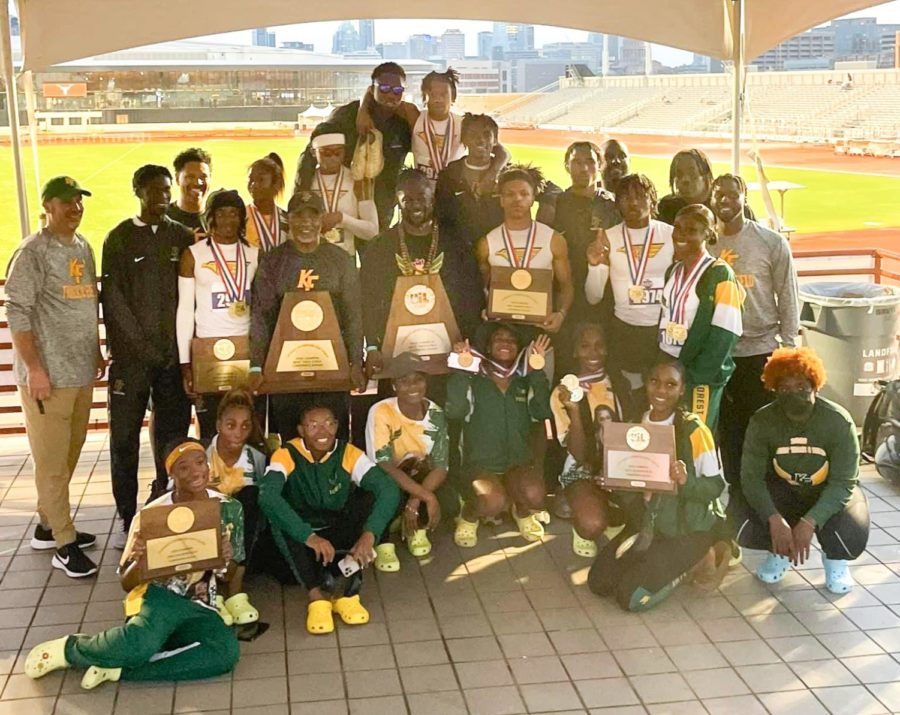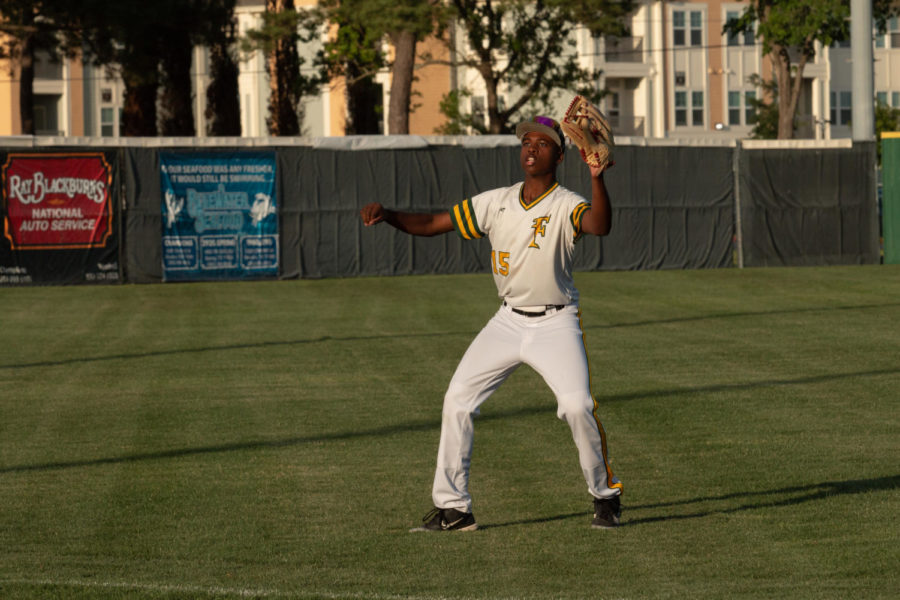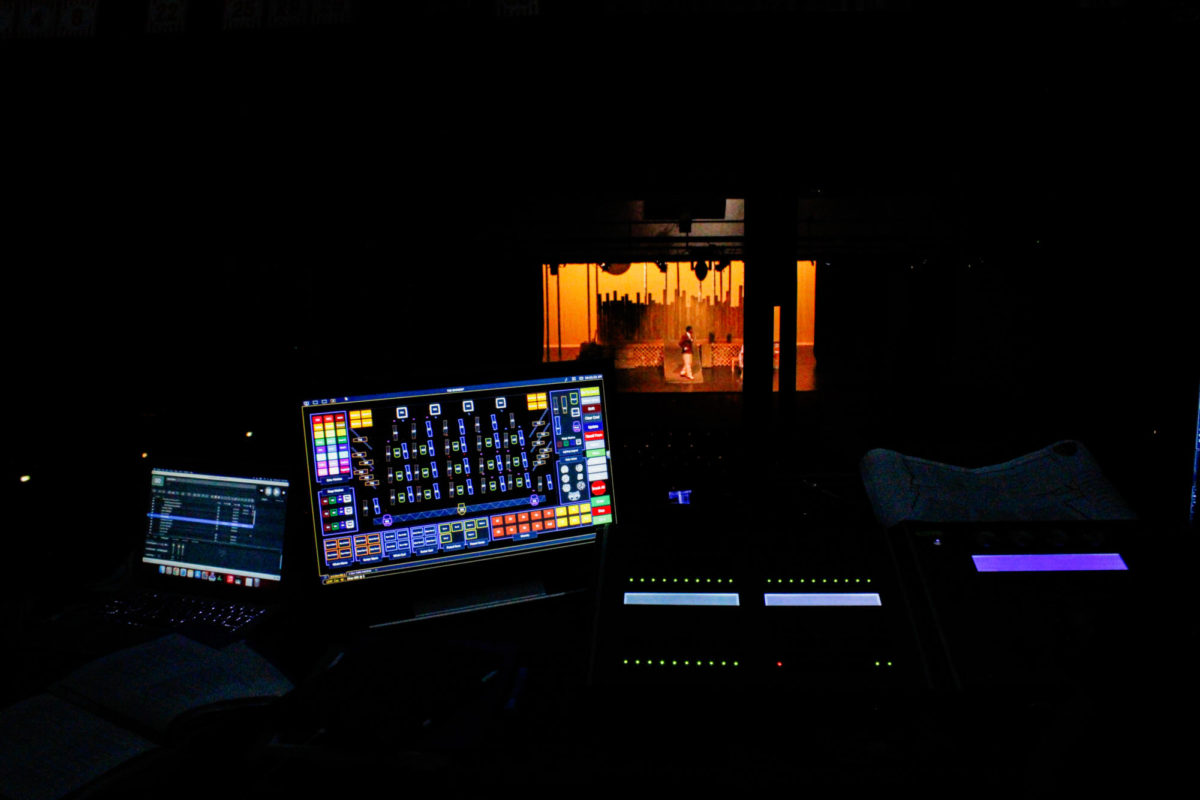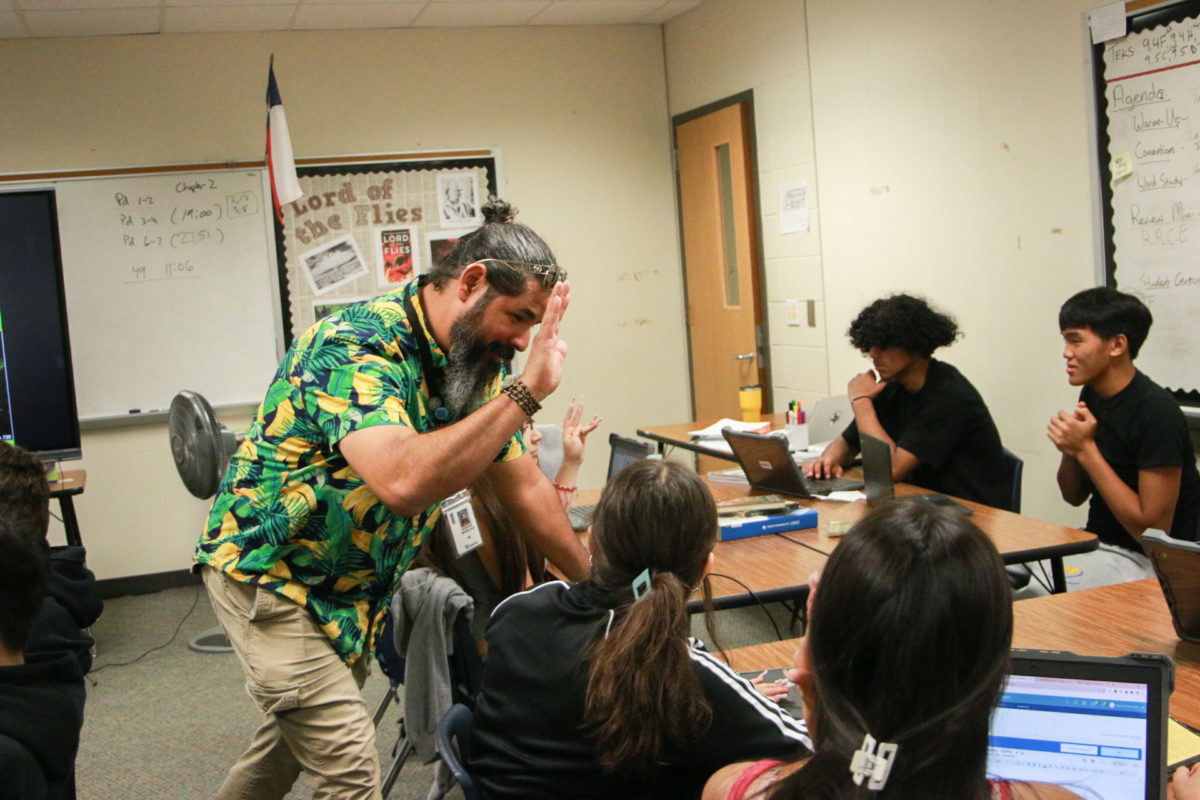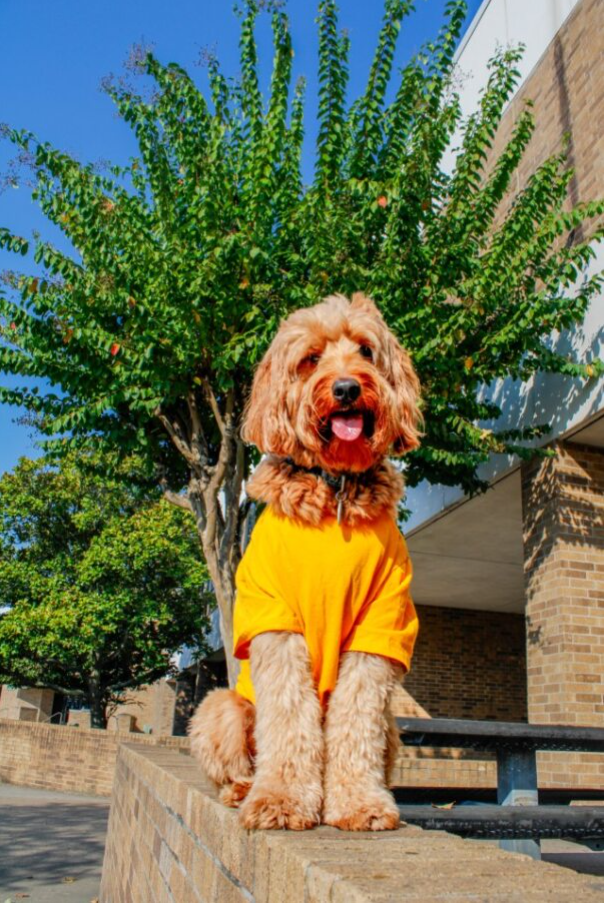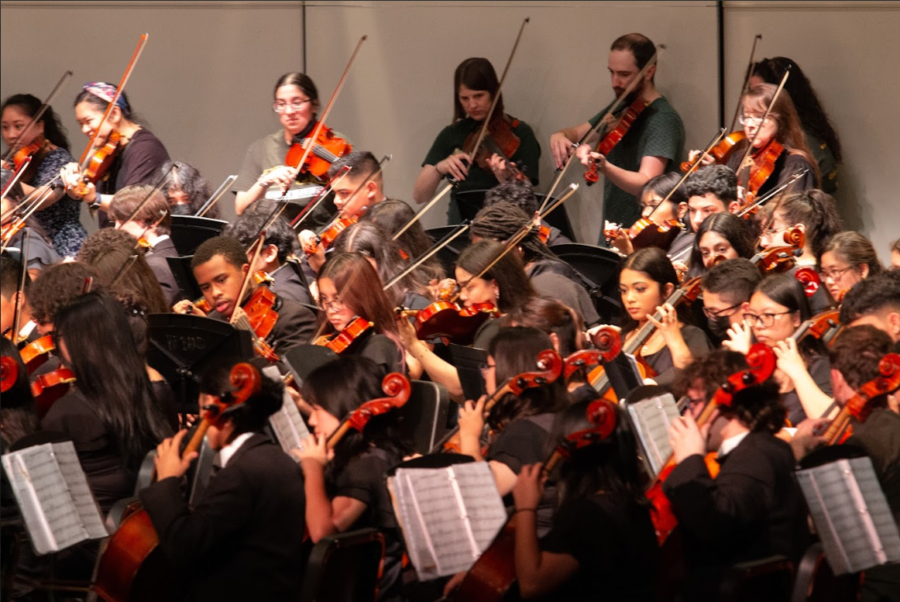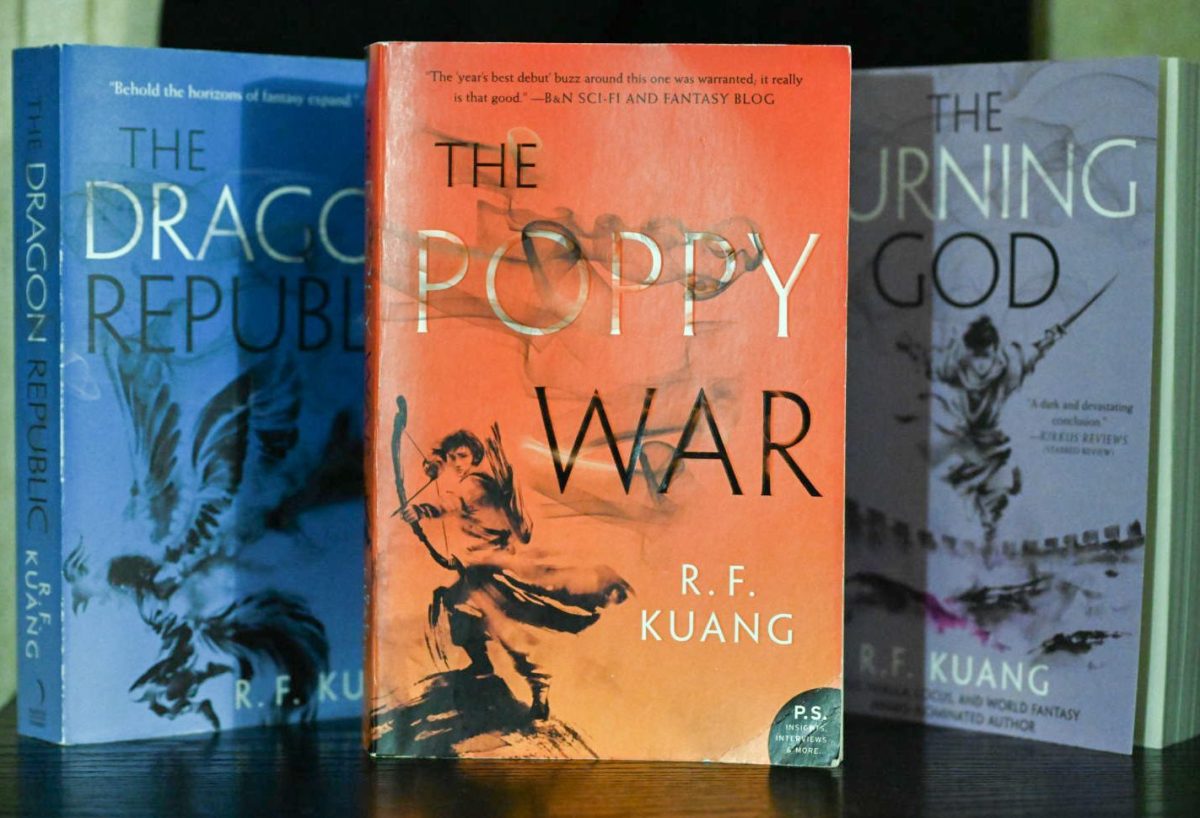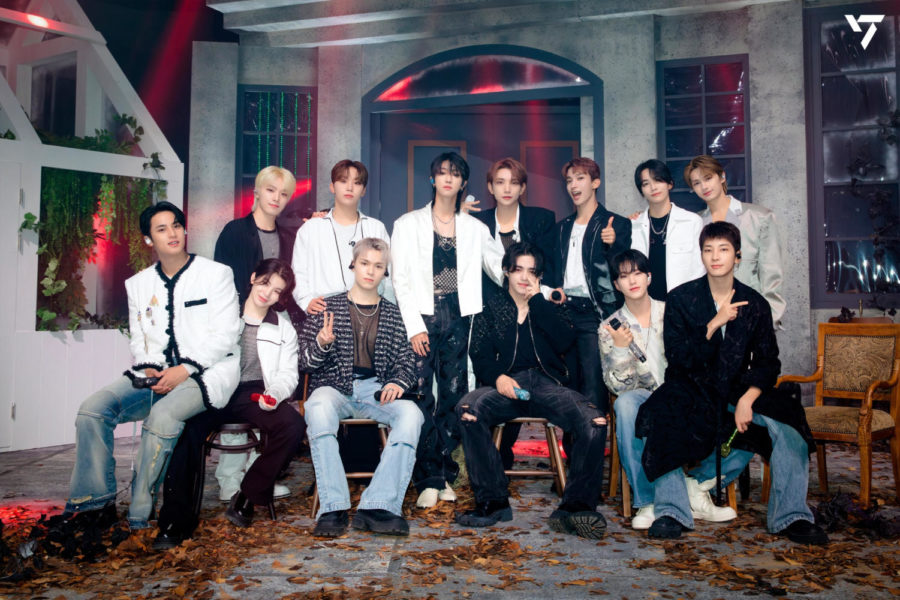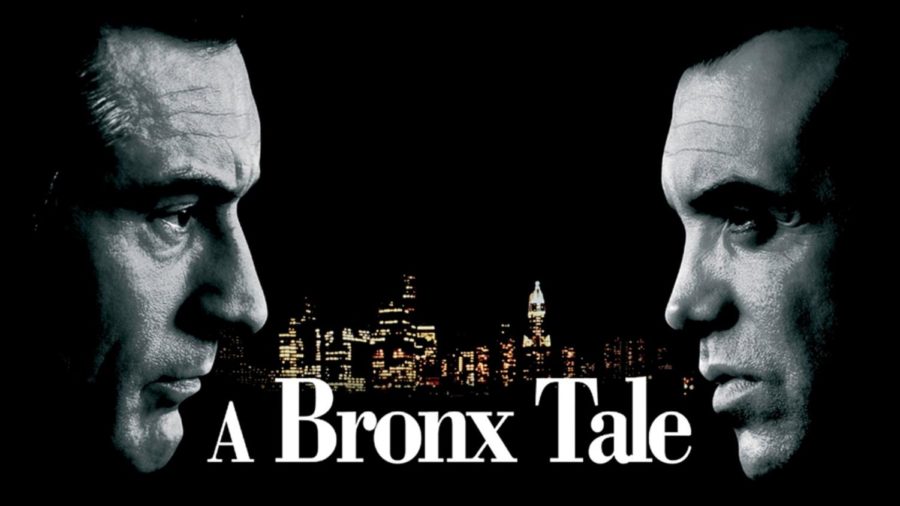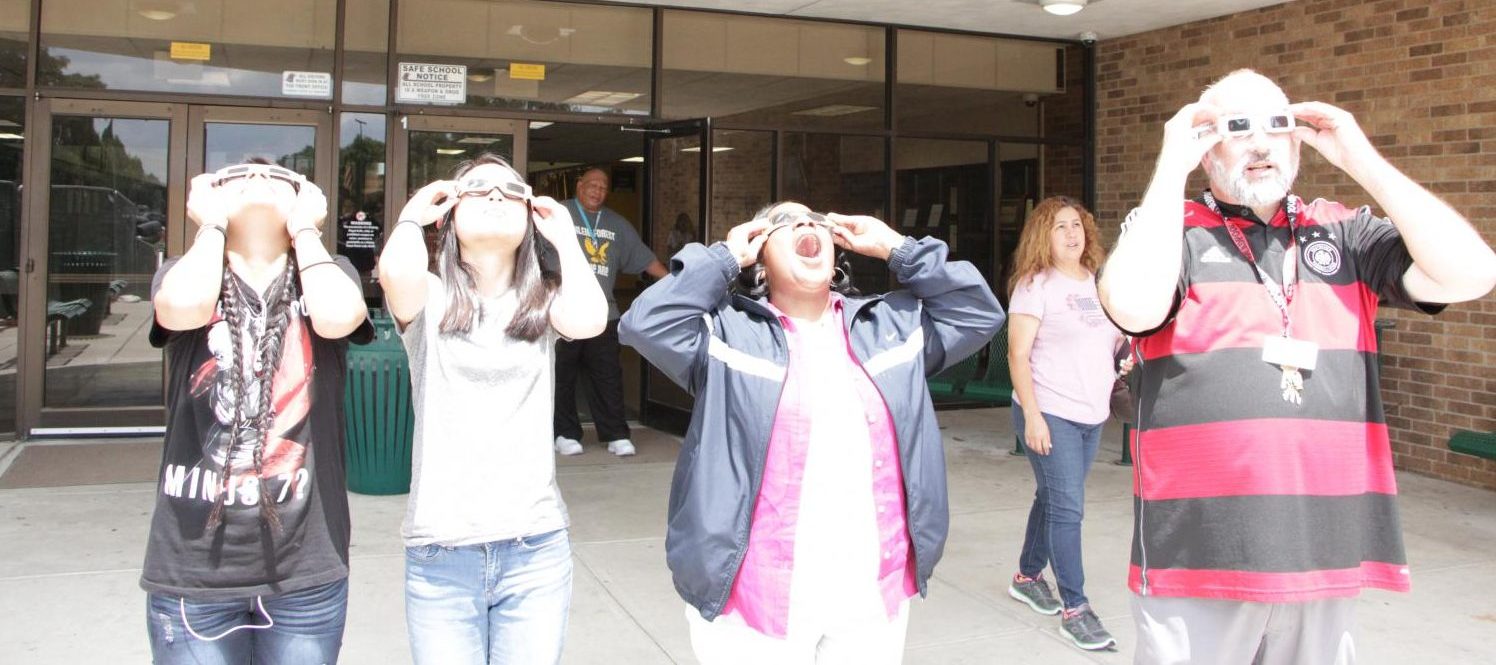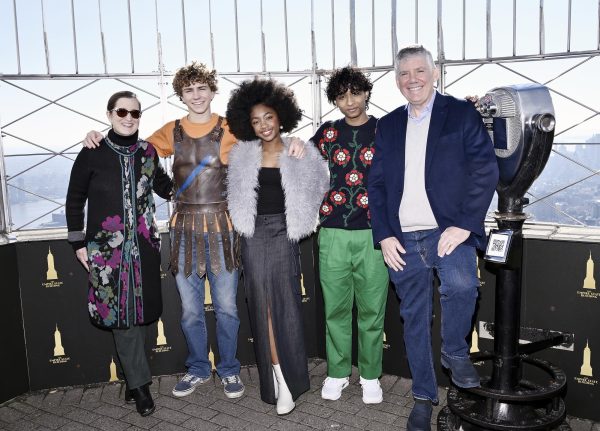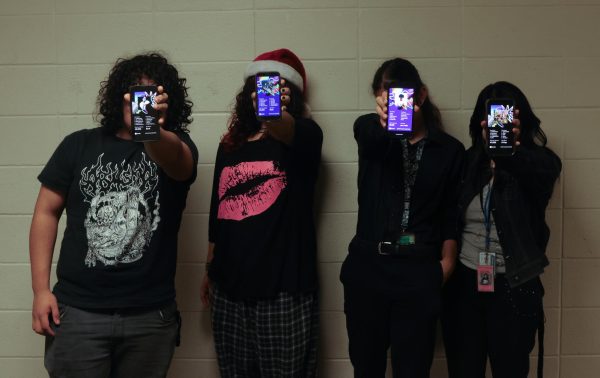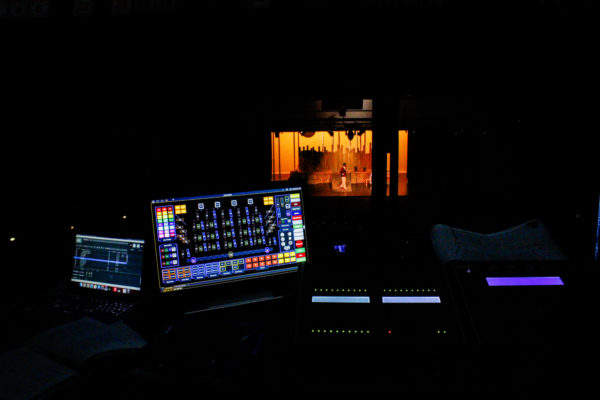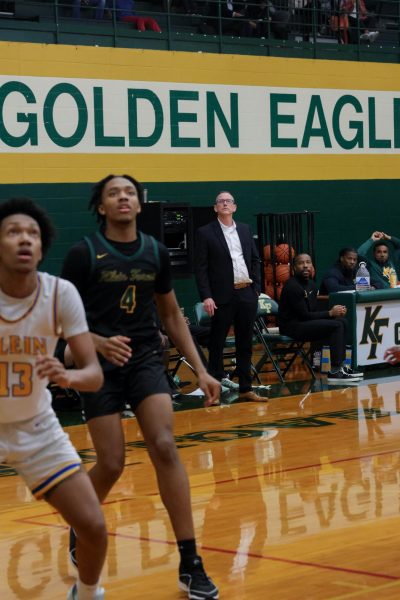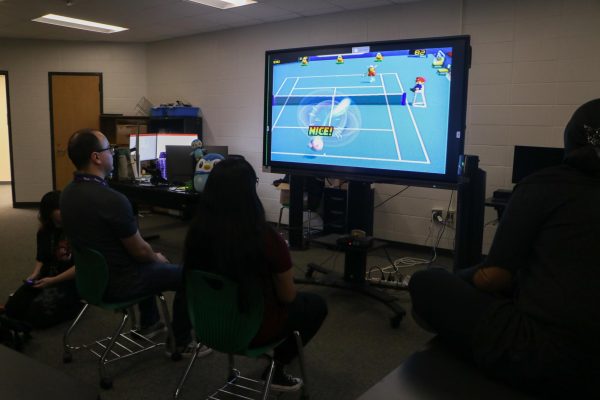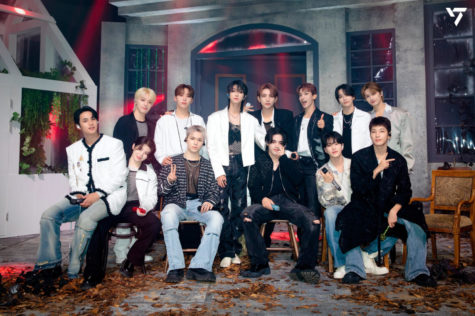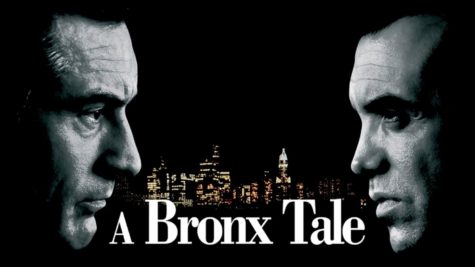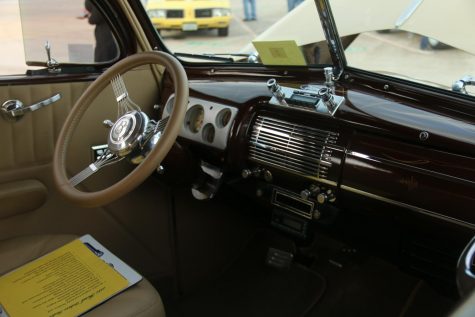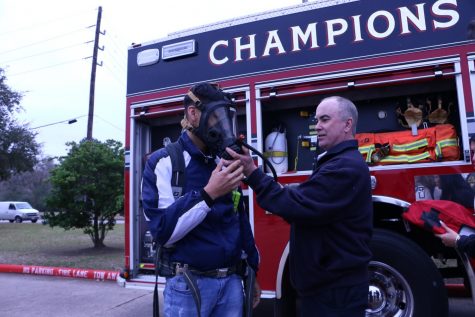Solar Eclipse: 1979 vs Now
Solar Eclipse: 1979 vs Now
The 70s: the time of bean bag chairs, multiple objects in shades of brown, lava lamps, mood rings, and the last known total solar eclipse in the Northern Hemisphere. While bean bag chairs and water beds remain symbols of the “Feel Good” decade, did the last solar eclipse live up to the same significance? What about the one on August 21, 2017? The answer is no and yes; one lacked media coverage, the other a nationwide event engrossing thousands. This appearance pushed thousands of people to put their daily routines aside and travel 3,000 miles to witness a once-in-a-lifetime phenomenon.
In 1979, Pink Floyd released “The Wall” live in Los Angeles, Sony debuted the Walkman, and a total eclipse blackened the sky in the northwest region of America along with some Canadian provinces. At this time, Sharri McGlauthing, Advanced Academic Coordinator, was in Georgia witnessing what she considered a “smaller moon covering the sun.” She described the event as “not as memorable,” because what she saw in ’79 was only a “small sliver” compared to the one in 2017.
“It was the second one I could remember,” McGlauthing said, about the 1979 and 2017 eclipse. “I saw it in two different places. In 1979, I was in Atlanta, Georgia, and it was a much smaller moon covering the sun, but here it was much bigger.”
Flash forward 38 years, the solar eclipse is now looked at differently. Viewed through level 14 welding glasses, the recommend level of shade to stare at the sun by NASA, the eclipse became a major step up from 1979’s version of watching through the TV.
How to view the eclipse was not the only thing to improve since ’79. Technology also made advancements within the last few decades.
“Thanks to NASA scientists and Google mapping technology, people are now able to locate the exact line on maps so they know where to experience the eclipse.” Alvin Moses, Earth and Space Science teacher, said.
Not only did NASA and Google mapping technology help people bear witness to this event; the media played a vital role.
“The Internet played a big role in the media,” McGlauthing said. “Access to information is more in depth compared to ’79, it helped make people know it was happening sooner in 2017 and gave more time to prepare. Because of this, everyone knew what to look for a little bit more, knew what it was going to look like, and how the moon would look covering the sun.”
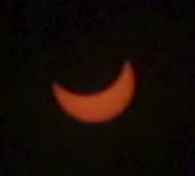
Although people knew what to look for, once they saw it, they were left wanting more.
“I’m looking forward to another eclipse in Texas in about four years,” Alvin Moses, Earth and Space Science teacher said.
Moses provided the special glasses needed to safely view the eclipse.
“Watching other people when they were looking forward to seeing the eclipse and when they finally saw it – it was like Santa Claus or a wonderful magic trick,” Moses said about his favorite takeaway.

